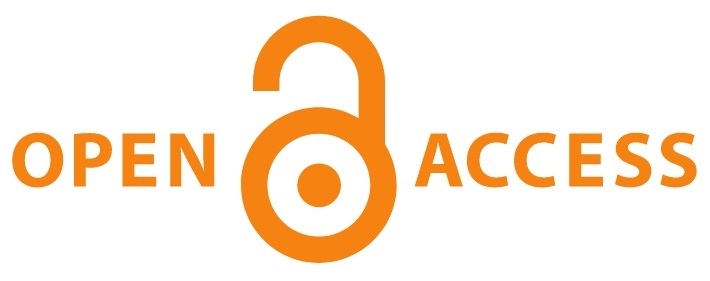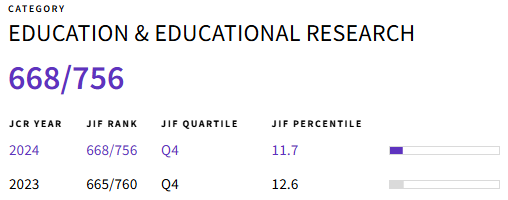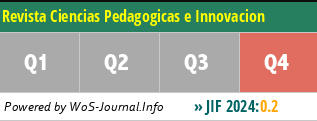Uso de analgesia transdérmica en pacientes con necesidades paliativas
DOI:
https://doi.org/10.26423/rcpi.v7i2.289Keywords:
Dolor, analgesia, parches transdérmicos, cuidado paliativoAbstract
Comprehensive treatment of pain is multimodal, and the pharmacotherapy plays a key role. An effective therapy for the pain depends on the intensity and kind of pain, comorbidities and the appropriate choice of the analgesic, its dosage and the route of administration. It has been observed through the studies analyzed in different articles the importance of the use of transdermal analgesia in patients with palliative needs, this review aims to present the identification of the benefits or advantages of the use of analgesia in patients with palliative needs, to determine the disadvantages of the use of transdermal analgesia and describe the main factors that intervene in the non-adherence of the transdermal analgesia treatment. Analgesics that were administered Transdermally or topically act through different mechanisms. Opioids that administered transdermally are absorbed in the vessels located in the subcutaneous tissue and, subsequently, they are transport in the blood to the opioid receptors, located in the central and peripheral nervous system, which shows us a better adherence in the treatment of the patient, allowing us to evaluate the benefits of the use of buprenorphine and fentanyl patches, showing as a result the adequate control of pain and thus providing a better quality of life. On the other hand, analgesics administered topically have a much better profile for the adverse effects because they relate to minimal systemic effects.
Downloads
Downloads
Published
Issue
Section
License
El titular de los derechos de autor de la obra, otorga derechos de uso a los lectores mediante la licencia Creative Commons Atribución-NoComercial-CompartirIgual 4.0 Internacional. Esto permite el acceso gratuito inmediato a la obra y permite a cualquier usuario leer, descargar, copiar, distribuir, imprimir, buscar o vincular a los textos completos de los artículos, rastrearlos para su indexación, pasarlos como datos al software o usarlos para cualquier otro propósito legal.
Cuando la obra es aprobada y aceptada para su publicación, los autores conservan los derechos de autor sin restricciones, cediendo únicamente los derechos de reproducción, distribución para su explotación en formato de papel, así como en cualquier otro soporte magnético, óptico y digital.

















